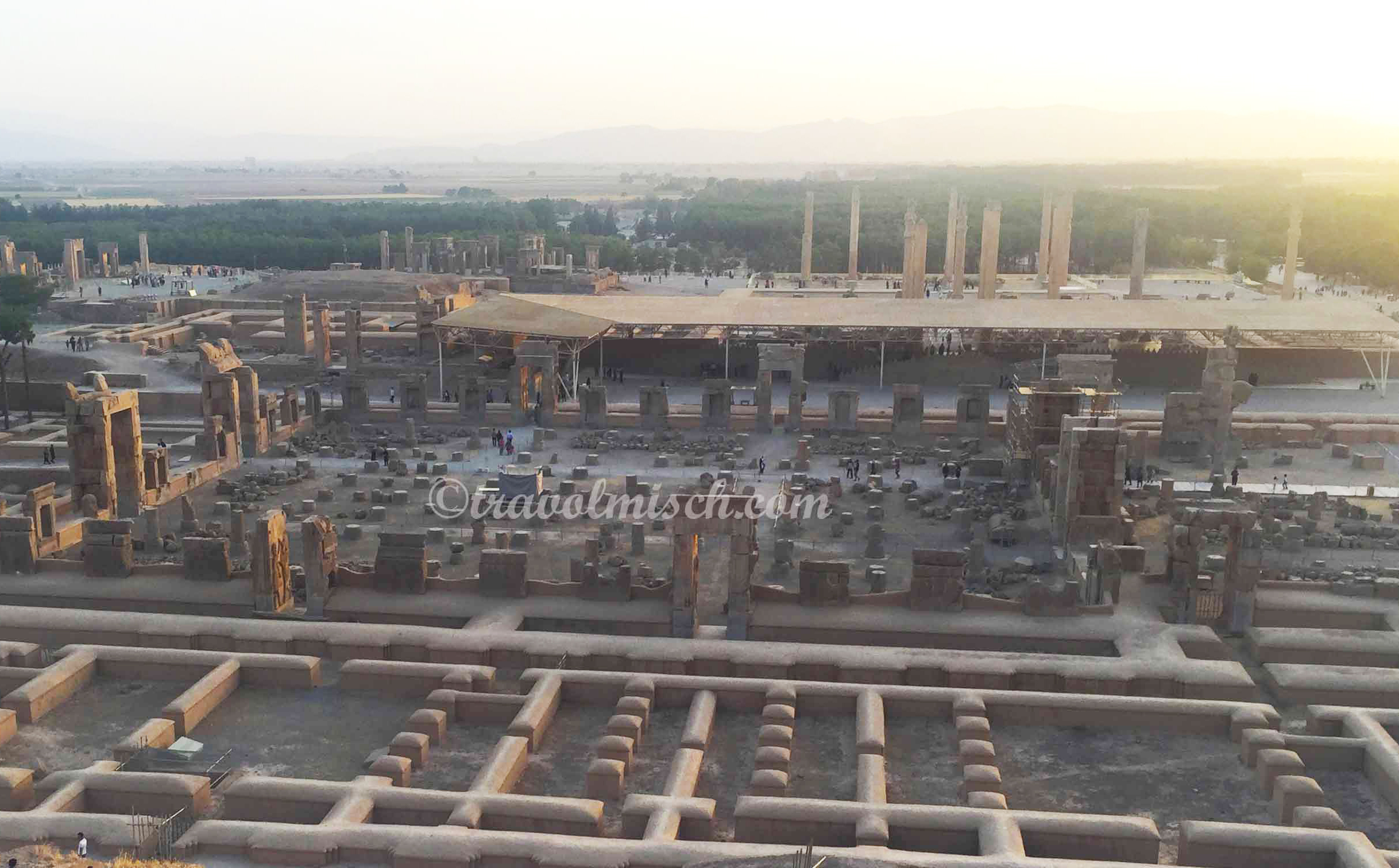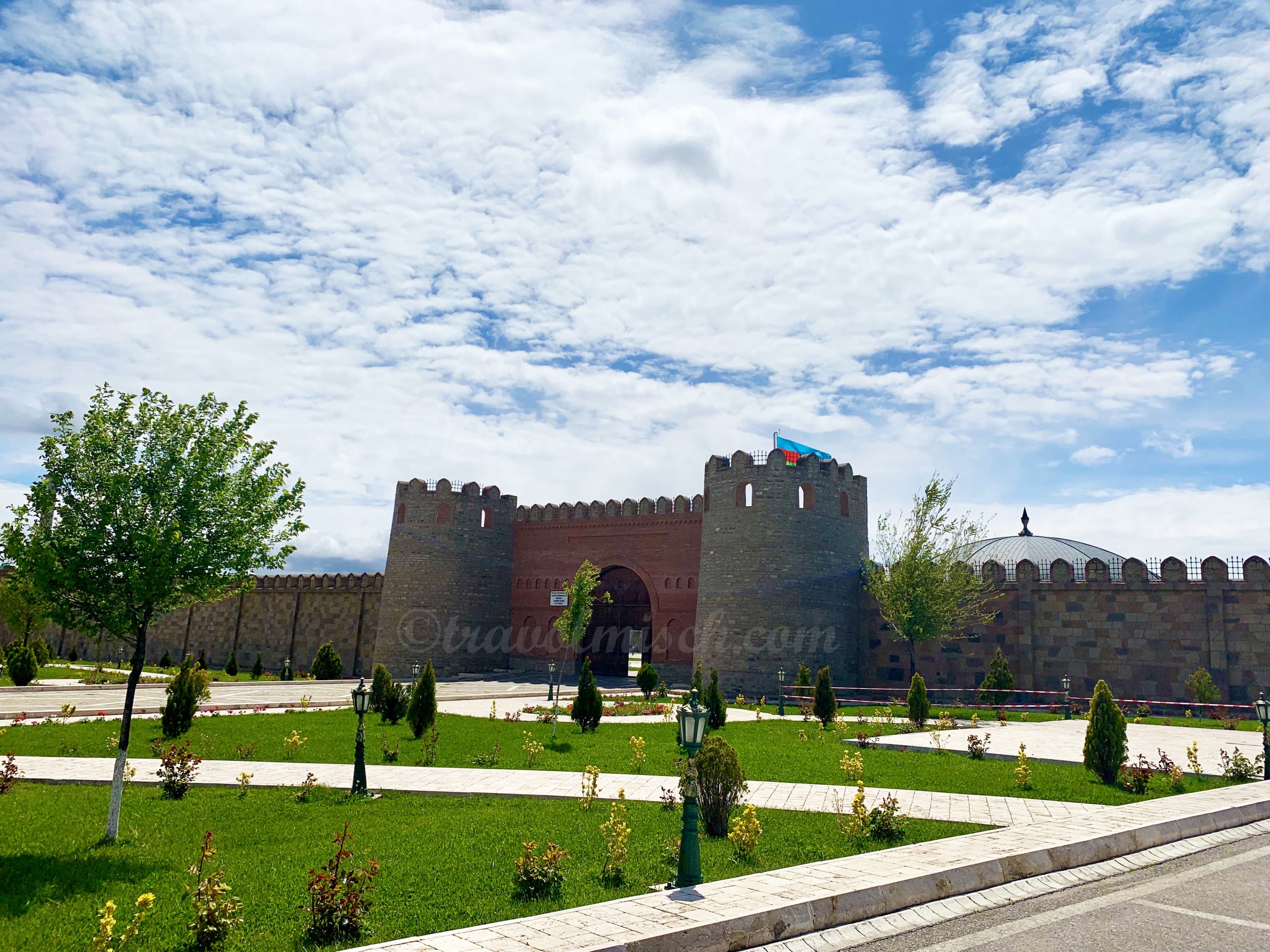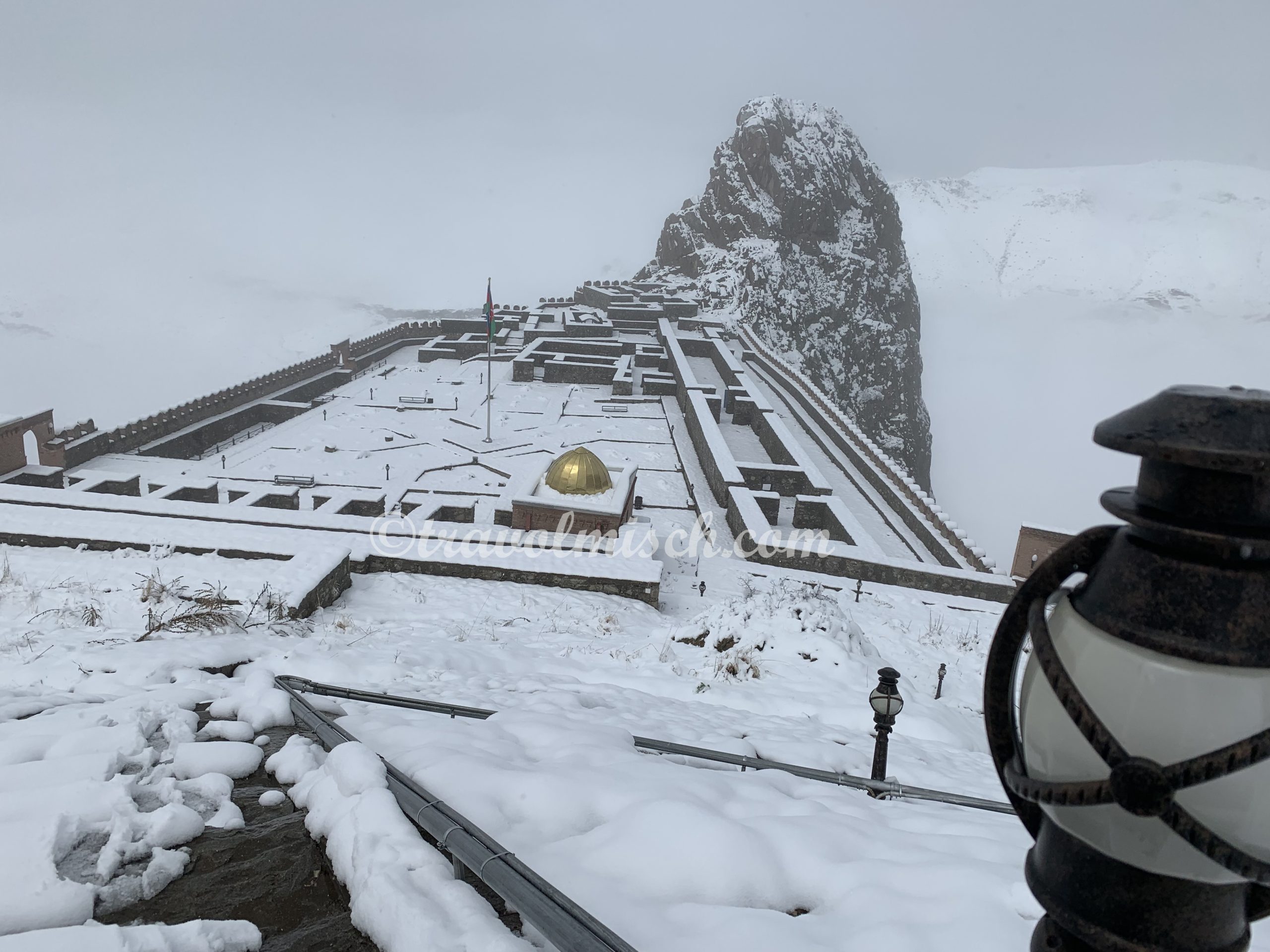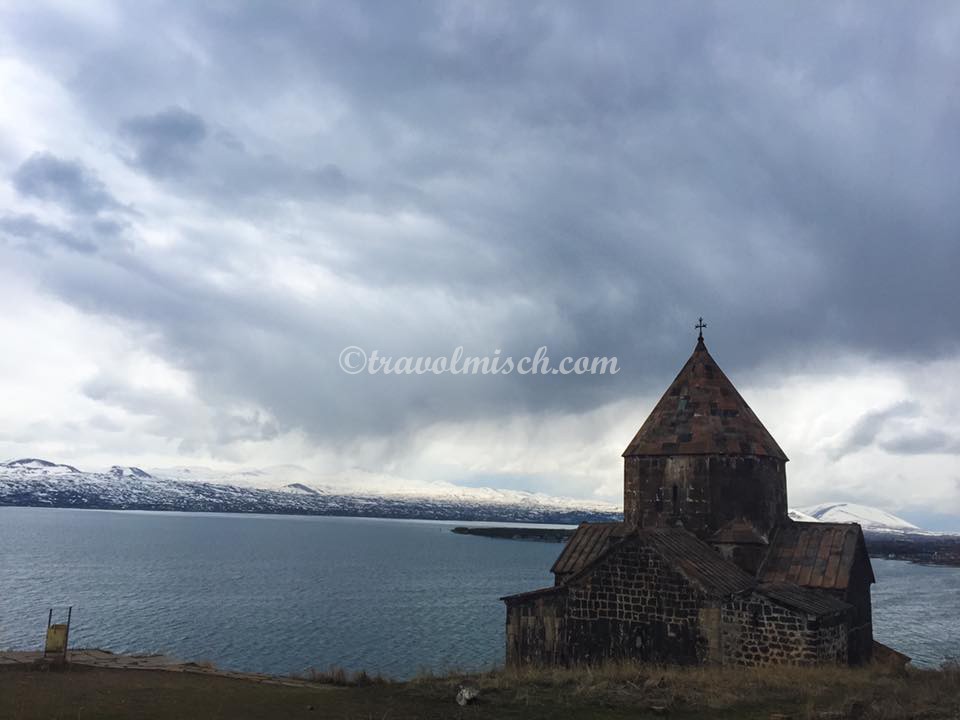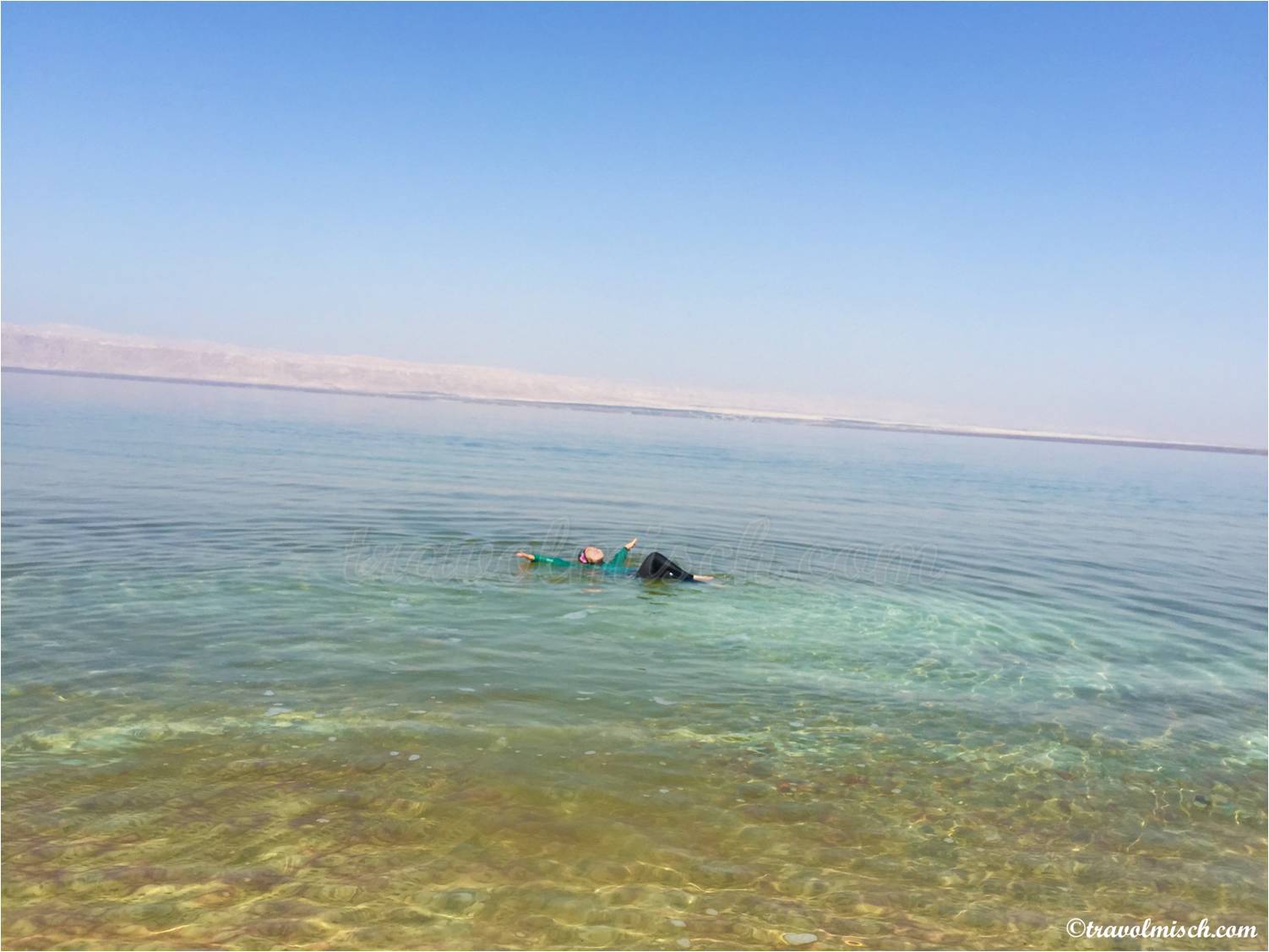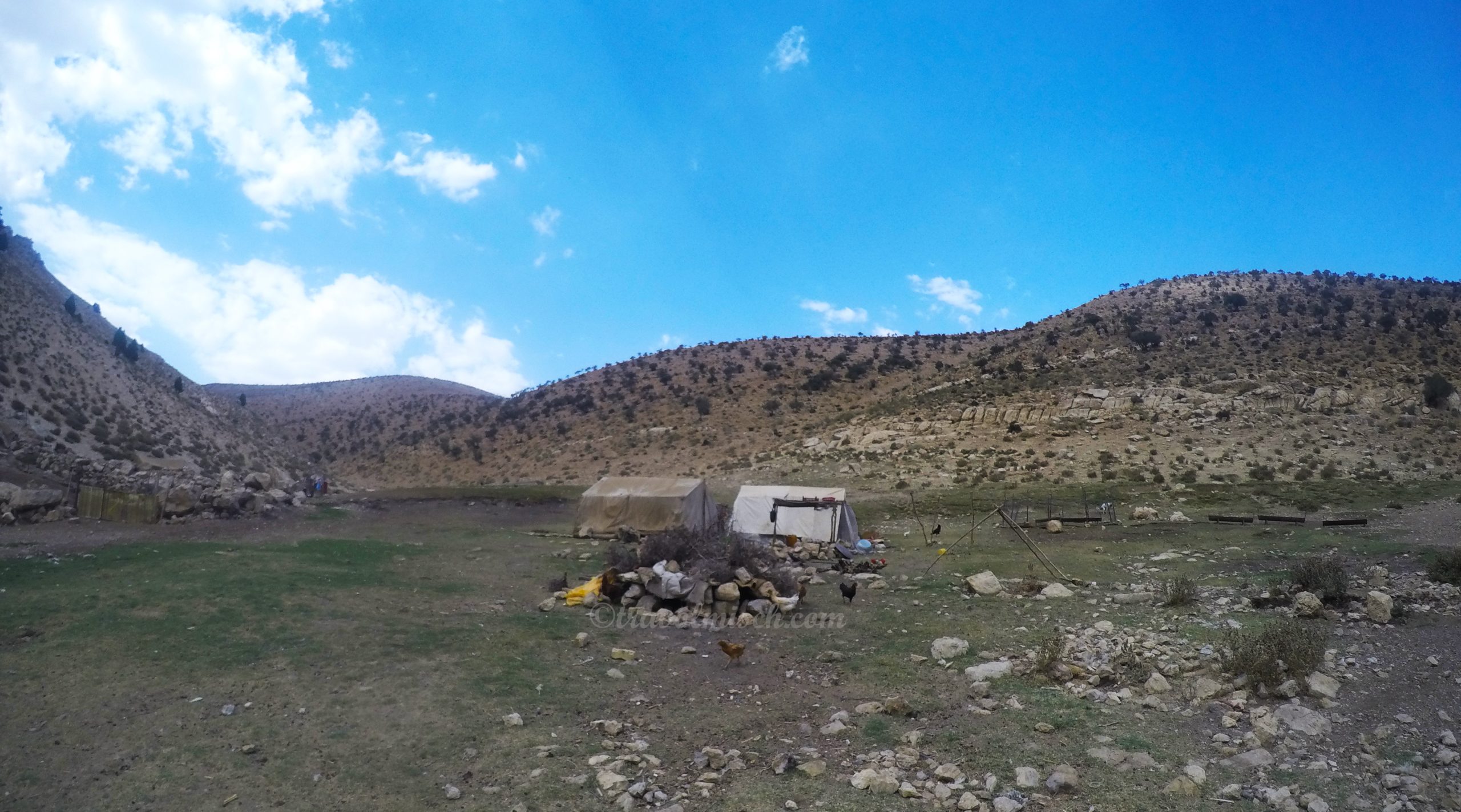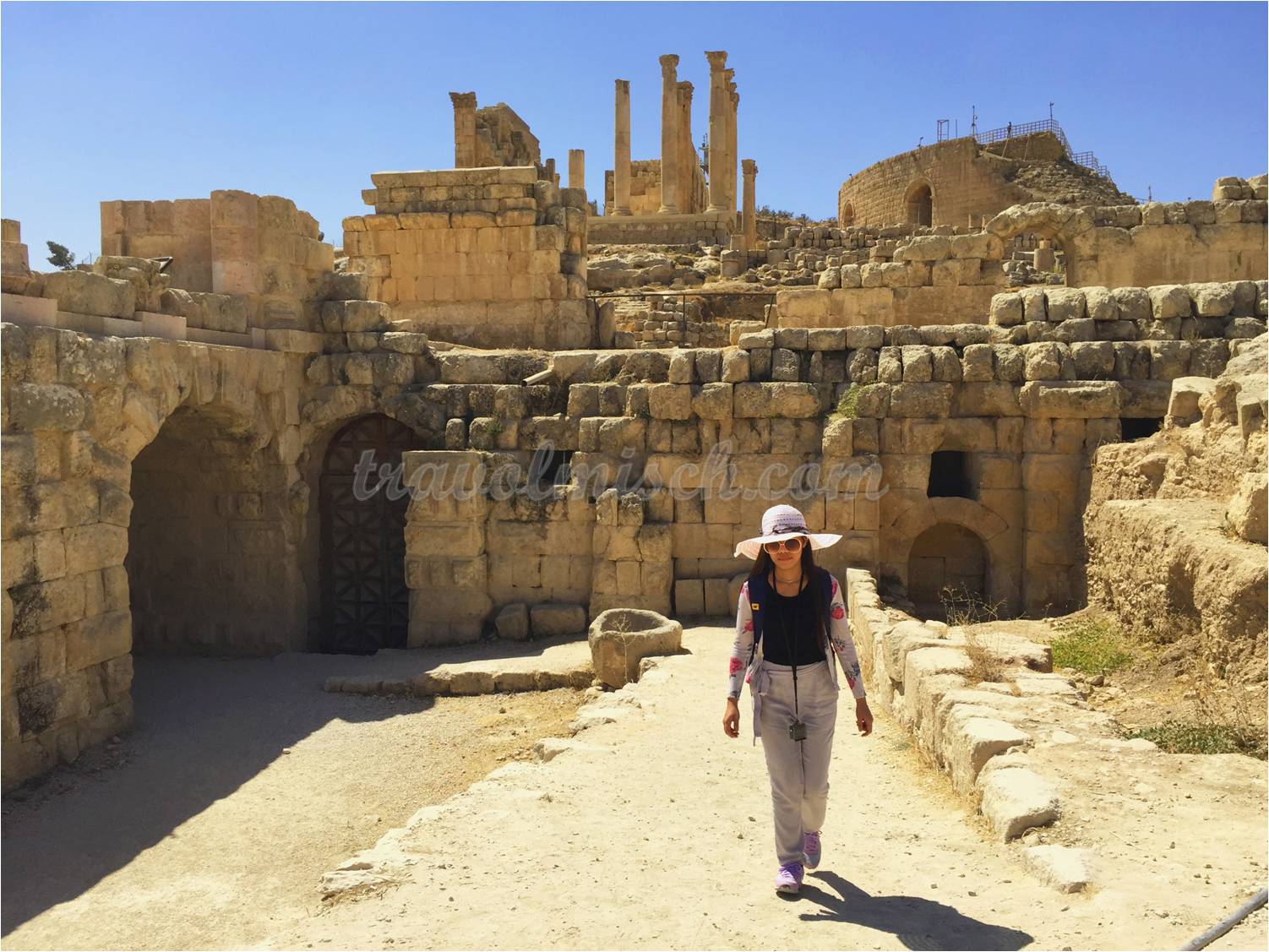The ruins of Persepolis, Fars province of Iran
“Only by great risks can great result be achieved.” – Xerxes I
PERSEPOLIS:
Persepolis was the capital city of the Achaemenid Empire in 550–330 B.C. It is located at Fars province of Iran, about 60 kilometres southwest of the modern capital city of Shiraz. It is one of the worlds greatest archaeological sites and the wonders of the ancient world. The ancient ruined city of Persepolis became a UNESCO World Heritage site in 1979. Related post “My Persian Experience 2018”.
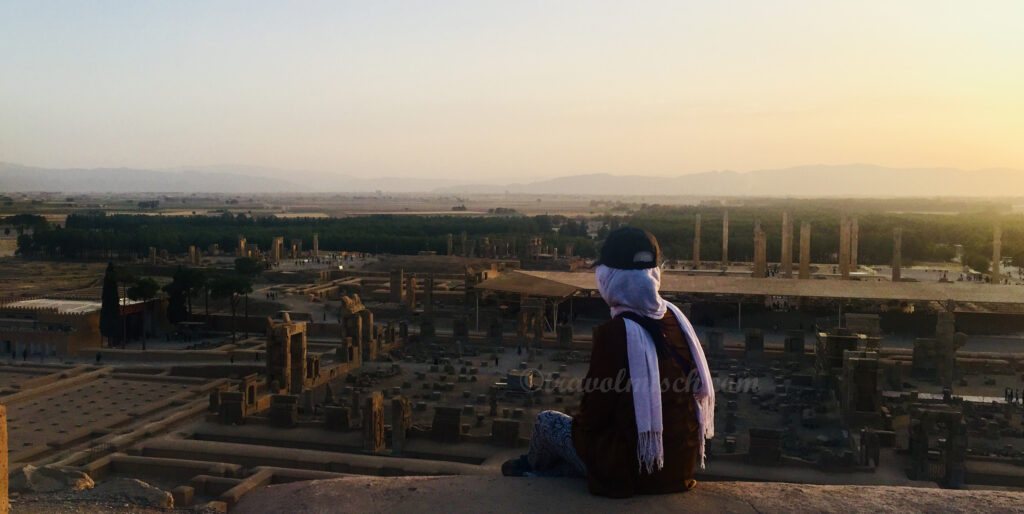
Persepolis was founded by King Darius the great in 518 B.C., known as Parsa (the city of the Persians’) in Old Persian, modern Takht-e Jamshid (Persian: “Throne of Jamshid,” Jamshid was a character in Persian mythology). It was the gem of Achaemenid empire from Persian in the fields of art, architecture, construction technology and urban planning. It was built on a (partially) artificial and natural platform created by King Darius I with an impressive palace complex inspired by Mesopotamian models. The ruins lay buried until the 17th century. See also the historic garden in Shiraz, Iran here “Eram Garden the historic Persian Garden“.
The Terrace:
The terrace of Persepolis was a huge platform, measuring 450 x 300 meters. It was built on the spur of a rock called Mount Mercy. The inner core of the terrace was made of boulders, square blocks of rock and other stones.
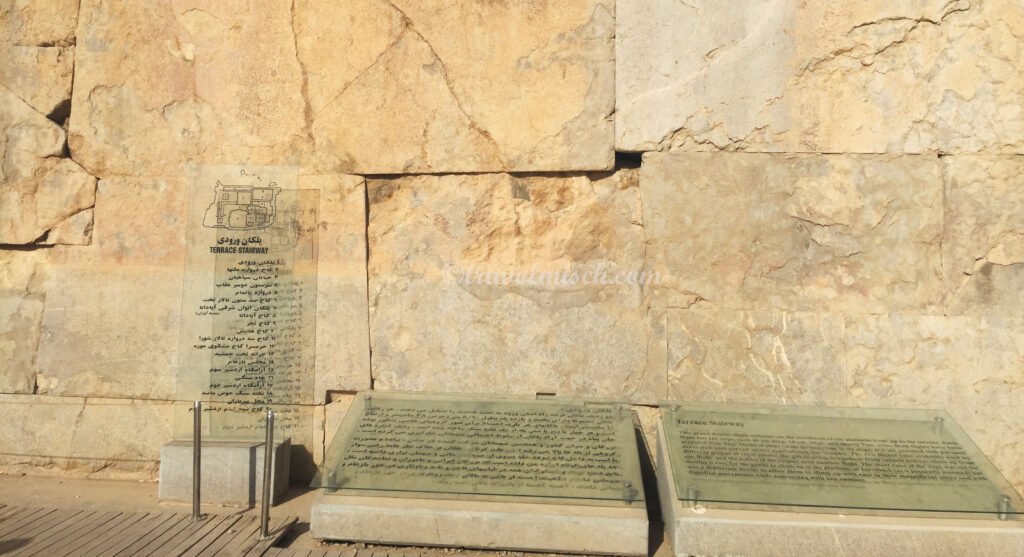
The Terrace foundation wall made of pieces of rocks from Mount Mercy.
The Gate of all Nations:
The Gate of all Nations was initially not the idea of Darius I, it was added by his successor his son Xerxes I in 486-465 B.C. The gate was to allow visitors to enter, the only entrance to the terrace and on their way to the throne hall to pay homage to the king. Also the function of the gate is to separate the people according to their social importance.
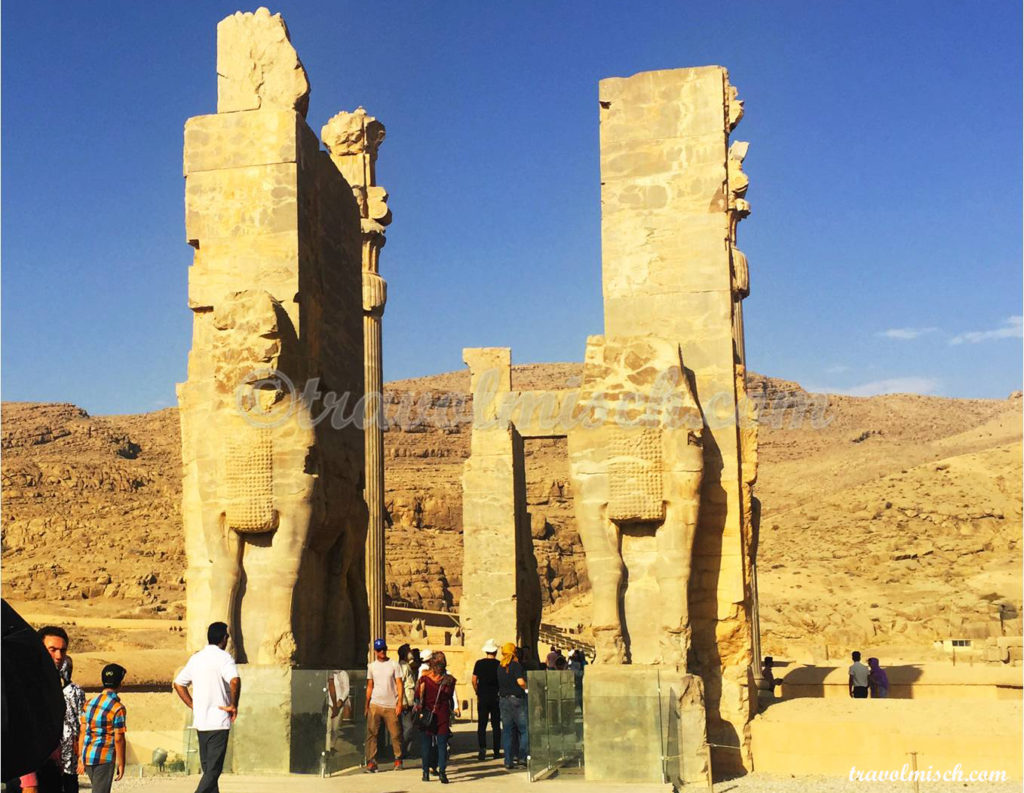
The Gate of all Nations is also called the Gate of Xerxes.
The ruins of Apadana:
Apadana was the largest building on the terrace at Persepolis and was likely the main hall of the kings. Here were the great King received the tribute from all the nations of the Achaemenid Empire and gave presents in return. The columns reached of about 20 metres high and at the top of the columns with the shapes of bulls or lions.
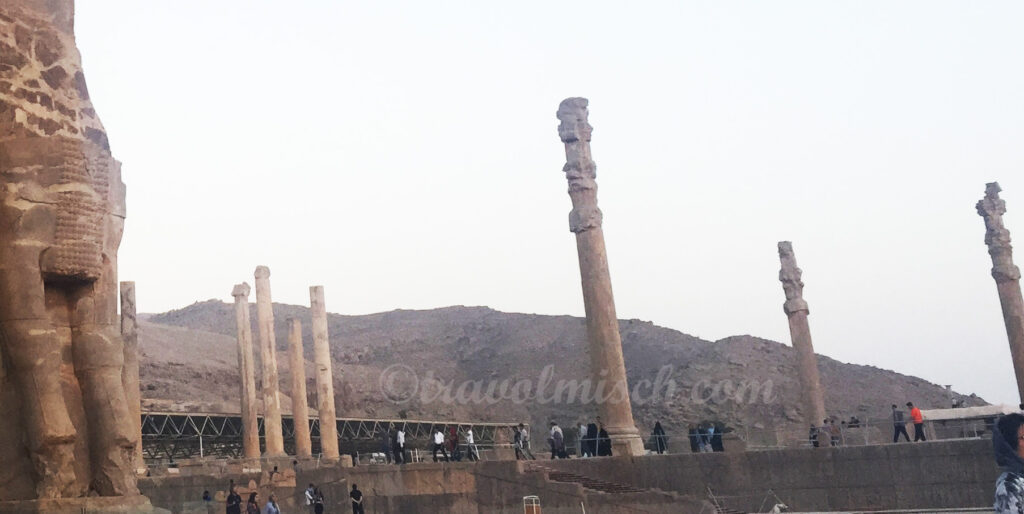
Apadana was the large hypostyle receiving hall in Persepolis
The ruins of Tachara palace:
This was the exclusive building of King Darius the great and was built southwest of the Apadana. This palace was started by Darius I but finished by his son Xerxes I when he died in 486 B.C. It was then used by Artaxerxes I the third son of Xerxes I.
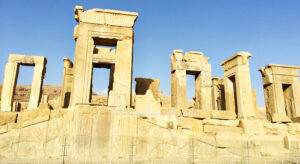
Tachara also referred to as the palace of King Darius the great
The ruins of Hadis palace:
This palace was built by King Xerxes I, his private palace and was built at the highest level of the terrace. It was twice as large as the palace of Darius I. This was the most badly ruined palace.
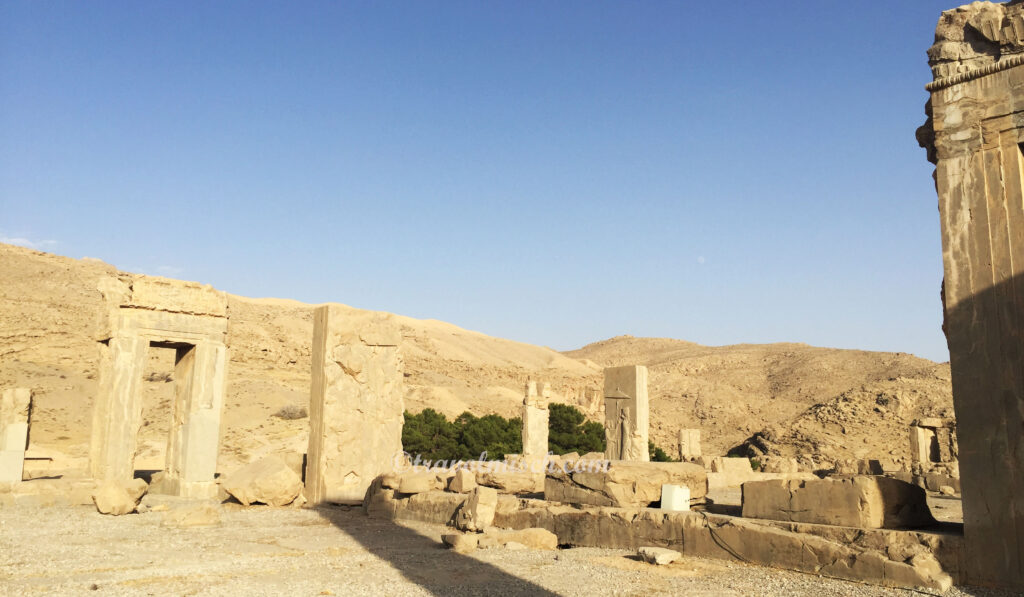
Hadis also referred to as the palace of King Xerxes the great
The ruins of the Throne Hall or Hall of the Hundred Columns:
This hall was the largest chamber in Persepolis and located at the northwest of the terrace. It measured of about 4,800 square meters and it’s roof was supported by 100 columns of 10 x 10. This was the audience hall where the Great King received the military officers of the empire. This hall have 8 doorways. This was built by Xerxes I and completed by his son Artaxerxes I.
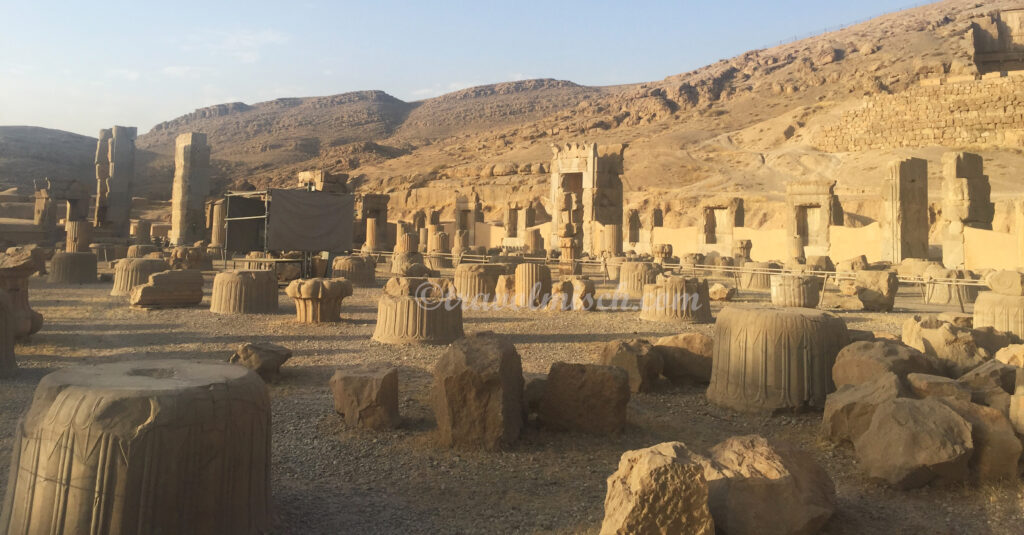
part of the ruins of the hundred column wall
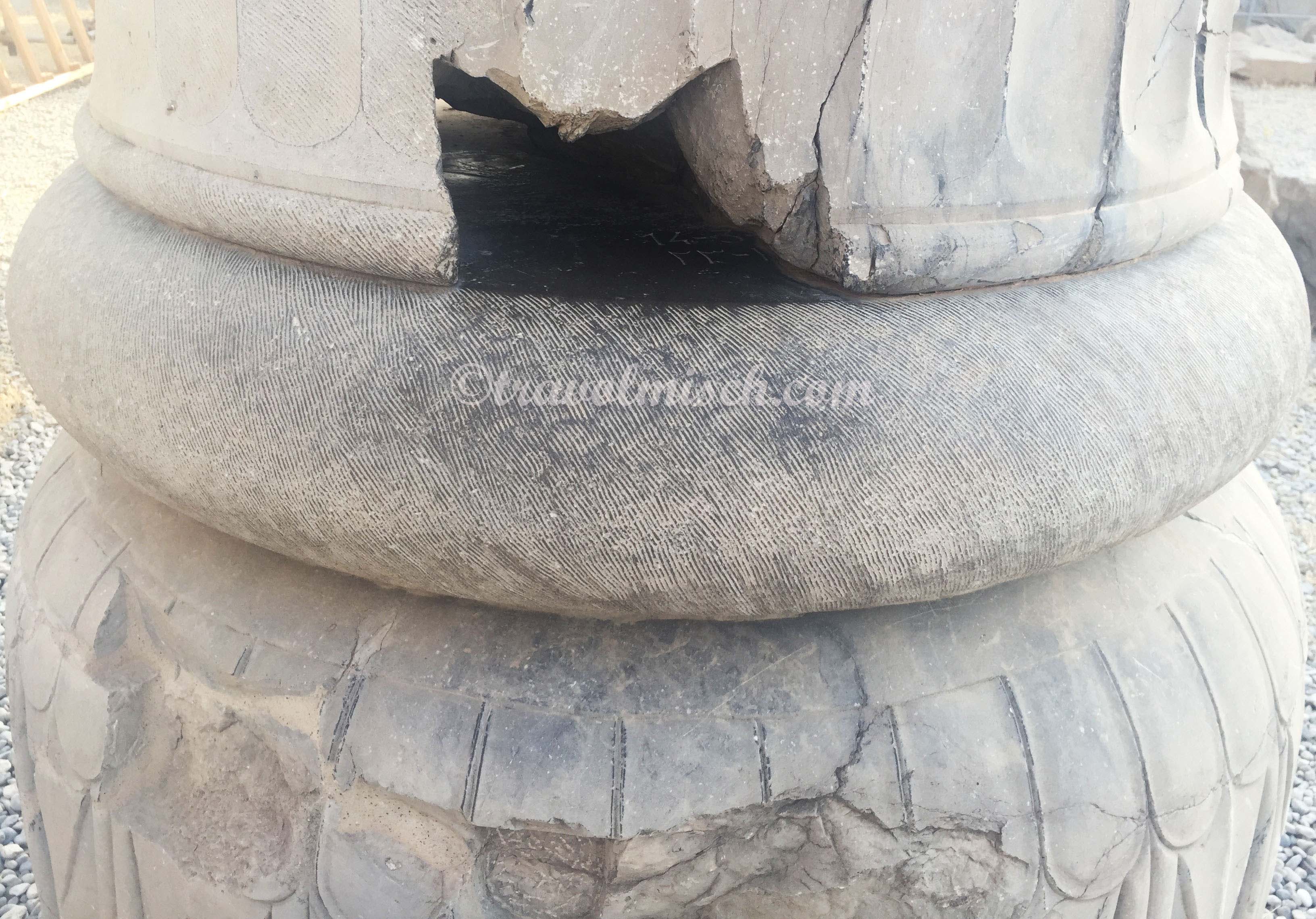
Up close view of a column base (typical) in Persepolis
The ruins of the Treasury:
This belongs to the oldest building phase of Persepolis, the great design by King Darius the great. It is adjacent to the Throne Hall, part of which served as an armory and especially as a royal storehouse of the Achaemenian kings. Exchanging of gifts was one of the central elements in Persian royal ideology and the Treasury was one of the most important symbols of the great king’s.
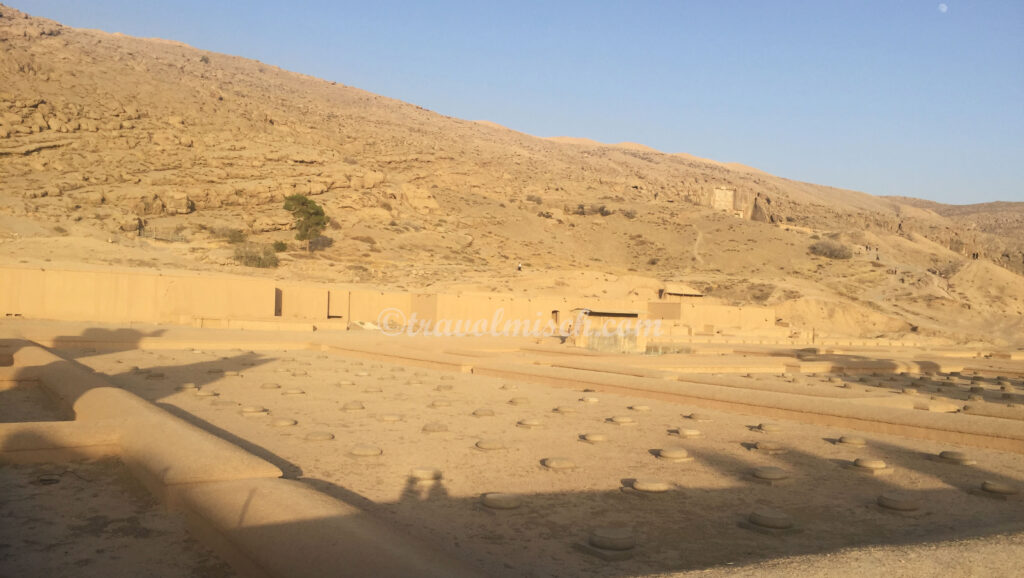
other part of the ruins of the treasury
Others symbols found in Persepolis:
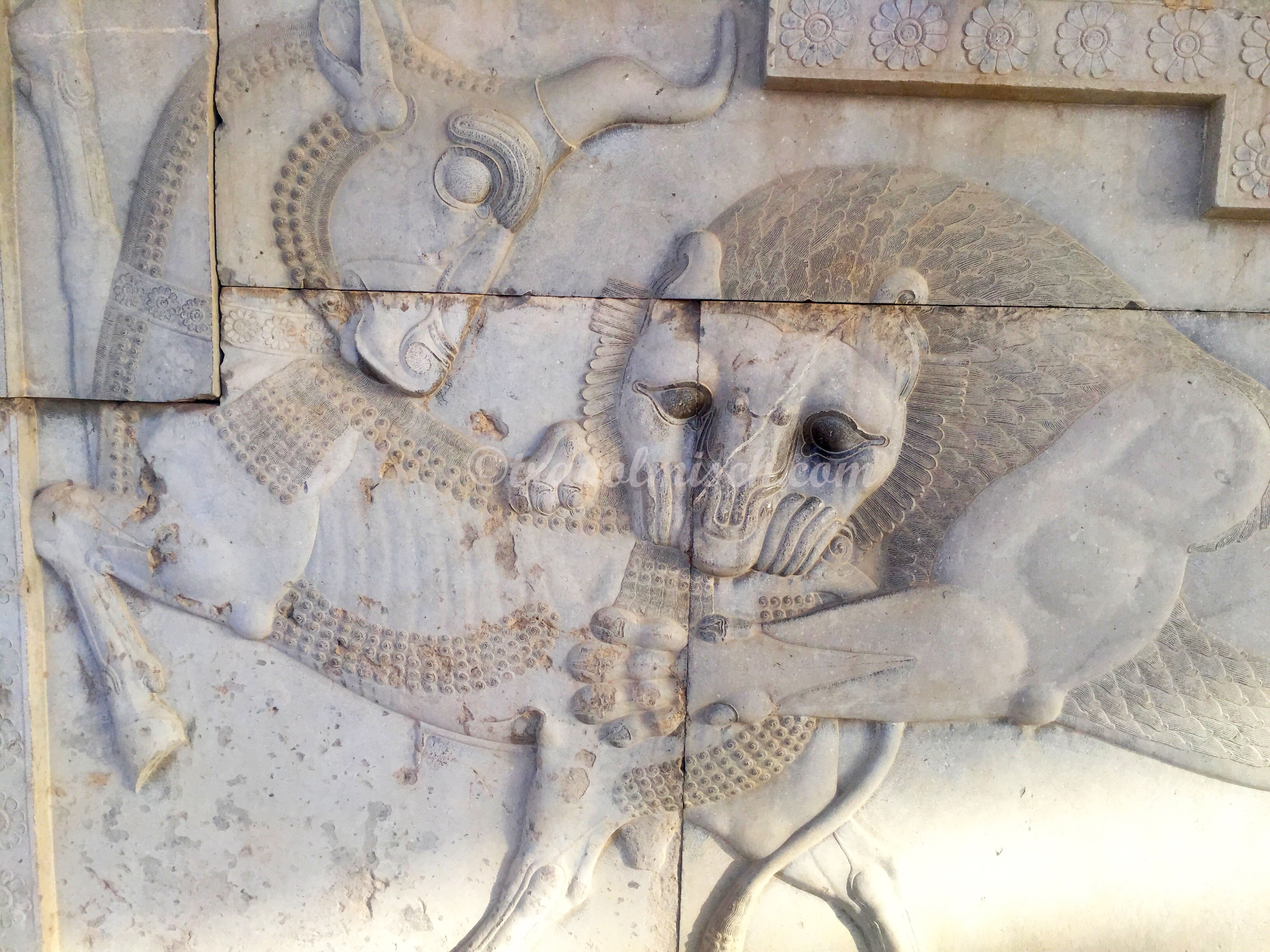
This is a symbol in Zoroastrianism for Nowruz (Persian New Year).
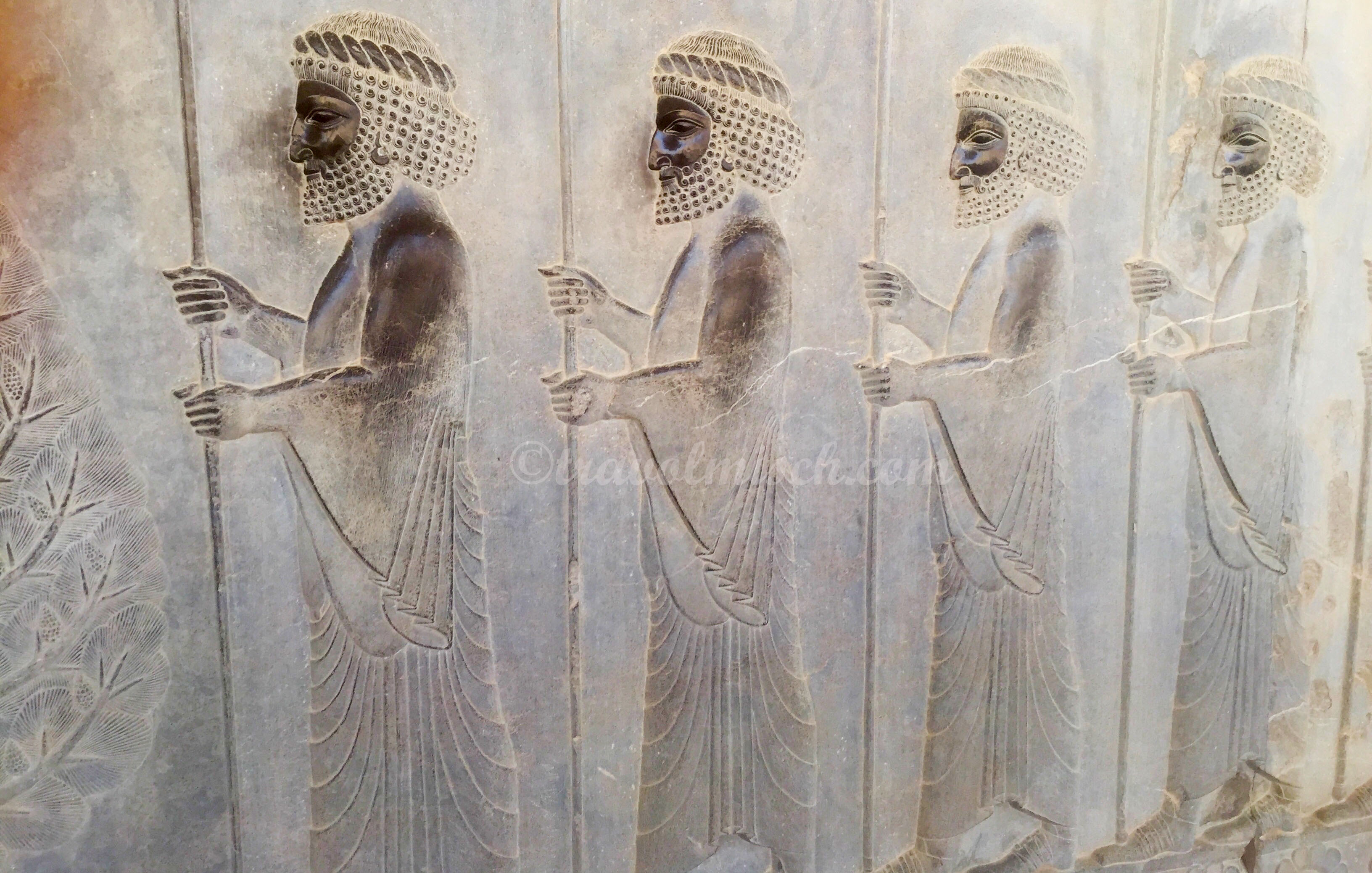
Relief of Median soldiers at Persepolis.
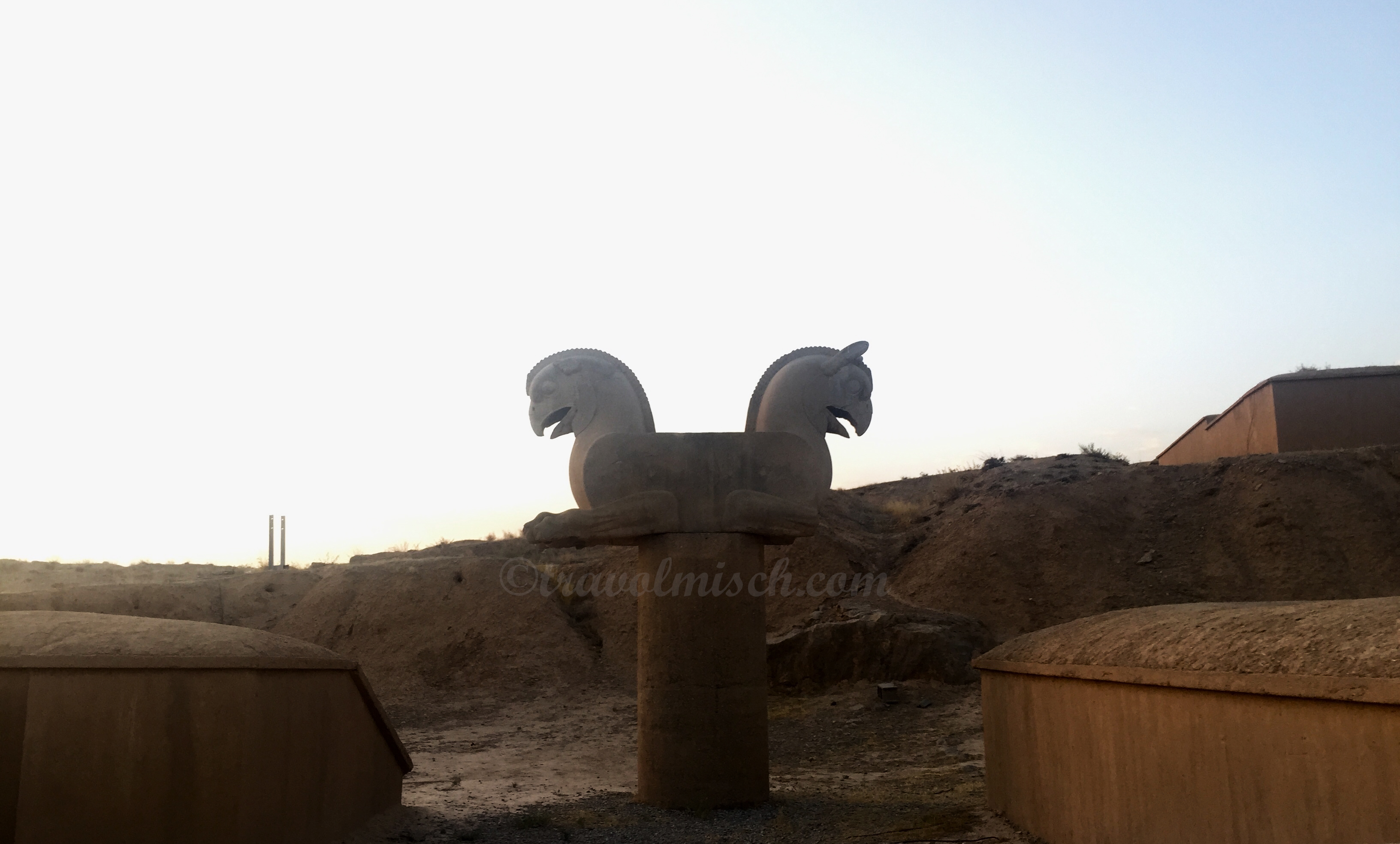
In local popular interpretation, the figures on these columns are perceived as representations of the Huma bird
3D view:
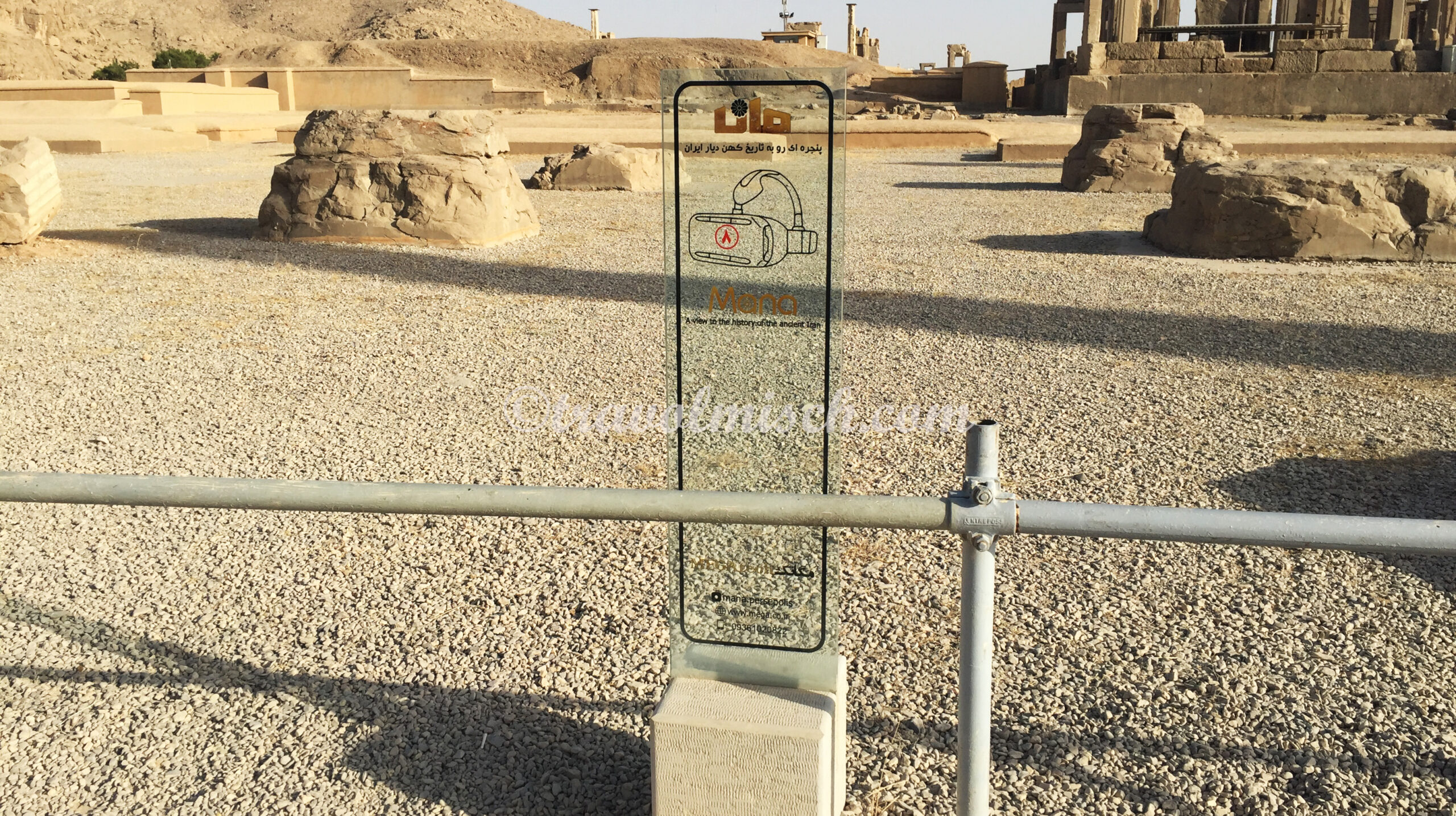
In Persepolis there were post like this (see photo above) in some parts of the ruins. When you find this post means you can use this (see photo below) to see the 3D view of the place or the interior of the palace.
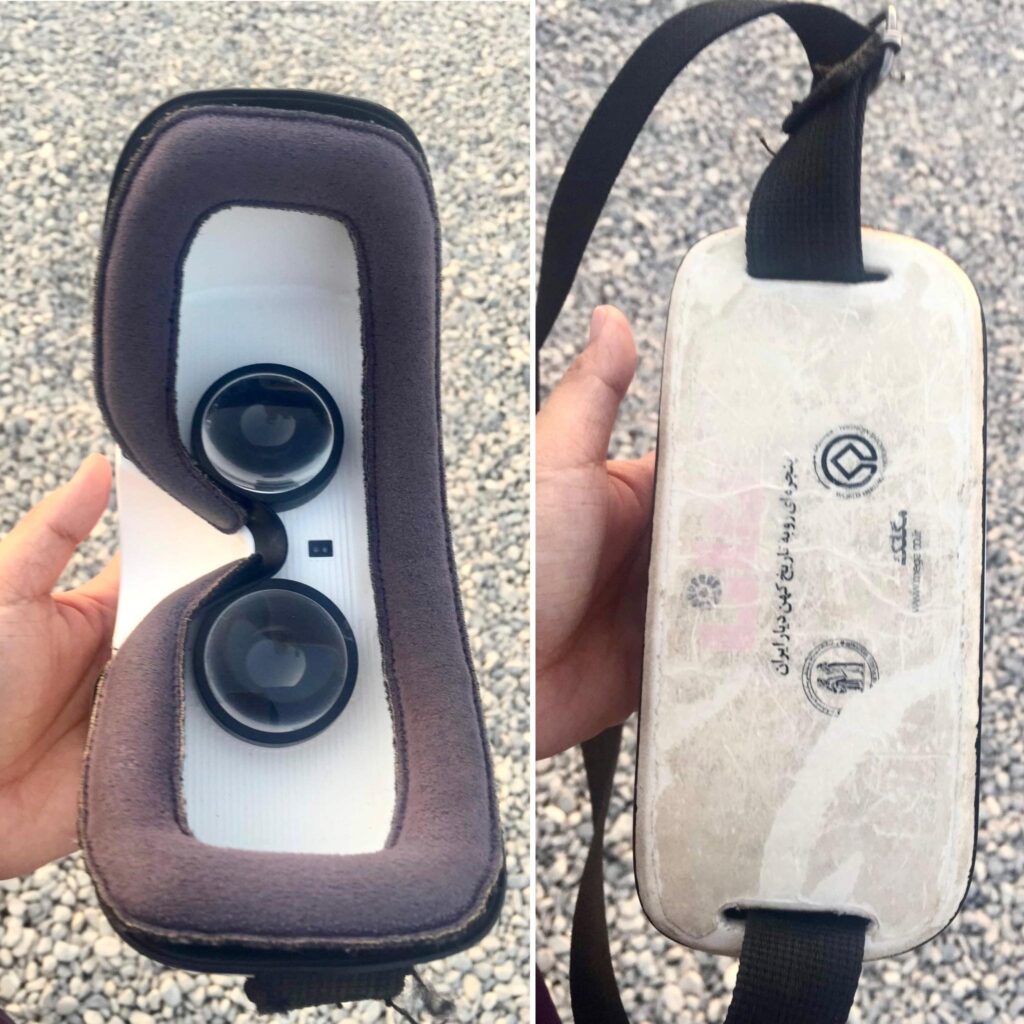
Looks like a telescope (photo above) yeah, use this when you find the post (see upper photo) to see the 3D view of the place or interior of the palace.
“One good deed is worth a thousand prayers.” – Zoroaster
Religion:
The religion of Persian in Persepolis and their Kings was Zoroastrianism. It is one of the world’s oldest religion based on the teachings of Iranian-speaking prophet Zoroaster. Under King Darius the great Zoroastrianism became the state religion. Yet he did not strictly imposed the belief system to those of other faiths. His subjects in the conquered lands could continue to worship their own gods and keep their own cultural traditions.
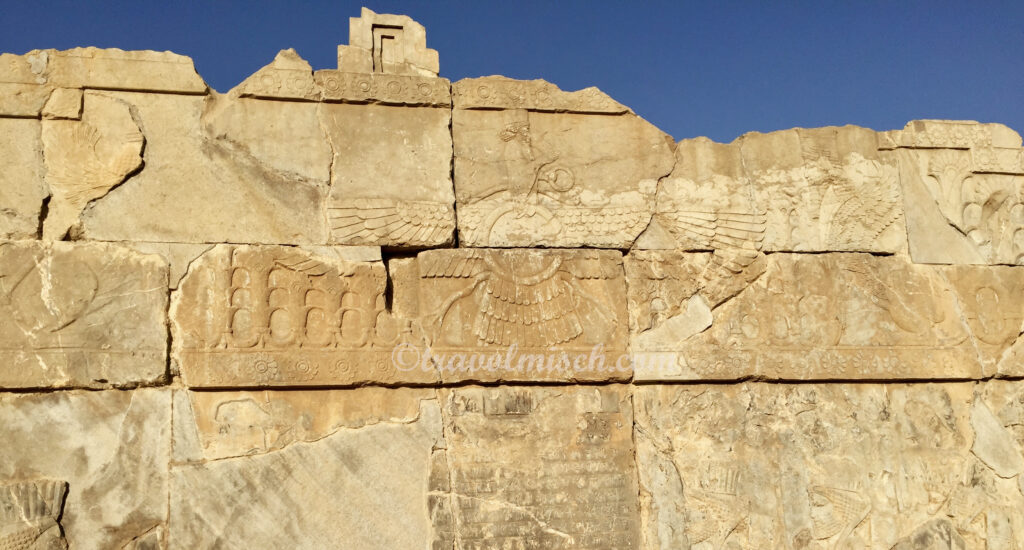
Faravahar (one of the symbols of Zoroastrianism) carved in the stones of the ruins of Hadis (palace of Xerxes the great) at Persepolis
Destruction:
The burning of Persepolis in 330 B. C.
Lead by Alexander the great king of Macedon (ancient Greek kingdom) after looting its treasure, they burn the great palaces and it’s surrounding cities to the ground. They destroyed Persepolis’ hundred of years’ worth of religious writings and arts.
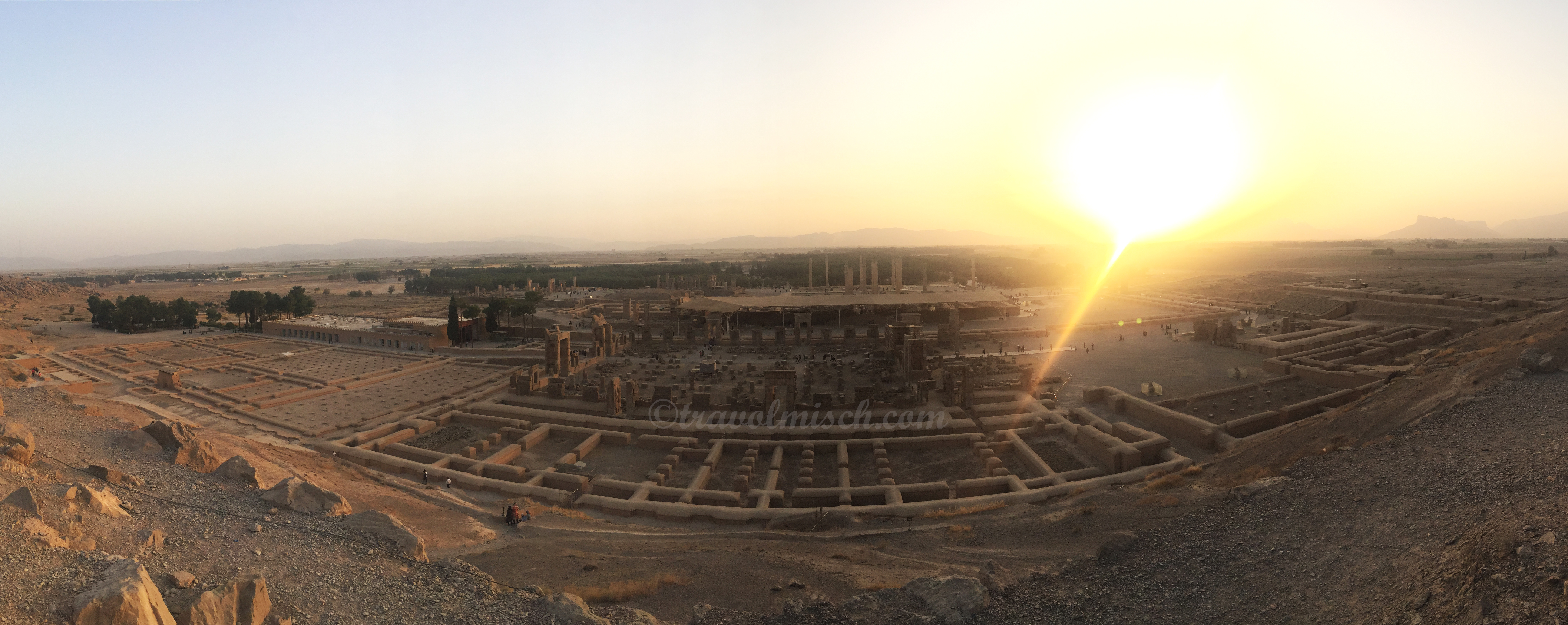
The great ruins of ancient Persepolis.
<Note: Videos on TVM YouTube channel soon>
More photos on TraVolMisch IG.
References: Wikipedia, Iran history sites and others
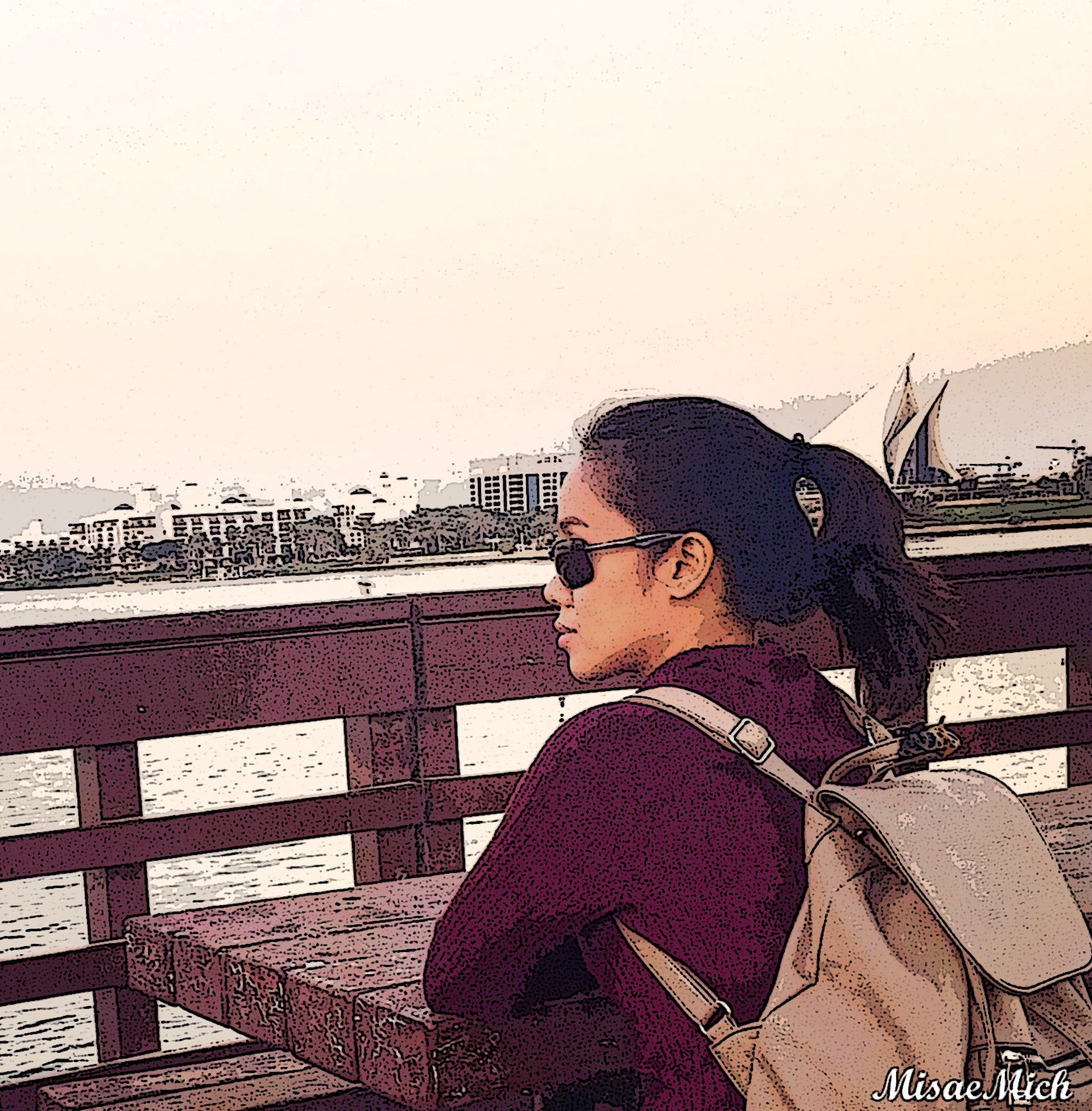
RELATED POSTS :
Nakhchivan City – Azerbaijan
“Machu Picchu of the Caucasus” – Alinja Fortress Azerbaijan
Knight in Cold Spring – Part 1
Leave a Comment Cancel Comment
About me
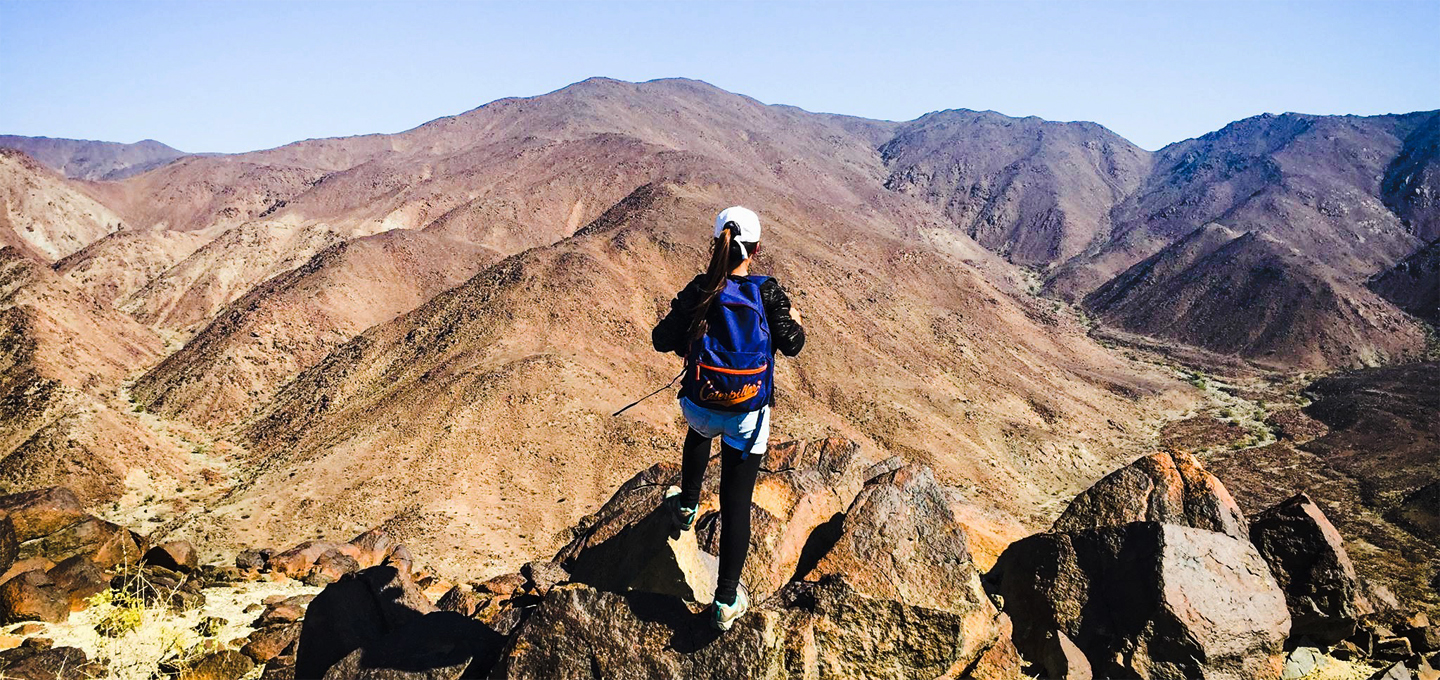
Search:
please subscribe:
Latest Posts
Shooting Star
August 16, 2023The greatest journey is the journey within
October 4, 2022The gladdest moment is a departure into unknown lands
September 27, 2022Traveling it leaves you speechless then turns you into a storyteller
September 20, 2022Comments:
- MisaeMich on Maria Cacao and Mangaw of Mt. Lantoy – the legend of Argao
- MisaeMich on Knight in Cold Spring – Part 1
- MisaeMich on Maria Cacao and Mangaw of Mt. Lantoy – the legend of Argao
- Priscilla Bettis on Knight in Cold Spring – Part 1
- chay holganza on Maria Cacao and Mangaw of Mt. Lantoy – the legend of Argao
